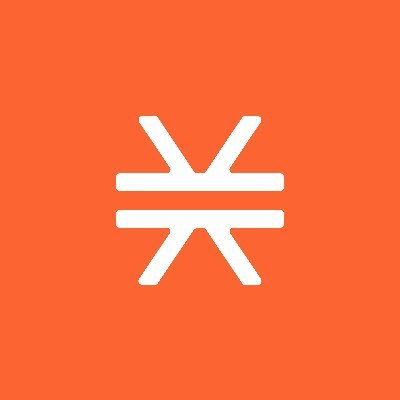Bitcoin finally has a native yield model that doesn’t break its design.
Stacks’ Dual Stacking lets holders earn Bitcoin yield while securing the network - bridging utility and purity in one move.
Here’s my take on why @Stacks’ Dual Stacking might be the quietest big idea.
[Progress overview] ↓

Dual Stacking is the new Bitcoin yield model built on @Stacks - designed to tie Bitcoin and STX economics into one loop.
It lets Bitcoin holders earn BTC yield while directly strengthening the Stacks network.
Users can choose how they want to participate.
There are two ways to join the loop:
→ Hold sBTC to earn a base BTC yield.
→ Use sBTC in DeFi or stack STX to boost rewards.
You can do either, or both.
It’s a flexible system designed for passive sBTC holders and active DeFi users and stackers where yield grows with alignment.
This chart captures it well:
Bitcoin enters the system through the sBTC Bridge where users lock BTC and mint a 1:1 backed asset called sBTC.
From there, the flow splits into two paths:
• Hold or use sBTC in DeFi:
Just holding sBTC earns a base BTC yield.
If you deploy it in DeFi, that yield grows — sBTC becomes productive capital across the Stacks ecosystem.
• Stack STX:
Users who stack STX strengthen network security and unlock additional BTC yield.

The reward curve is where it gets interesting.
Everyone earns a baseline BTC yield on their sBTC, but pairing STX amplifies it along a diminishing curve.
It’s designed so early participants get upside, while whales can’t dominate.
Hmm... feels like game theory done right: aligning Bitcoin capital with network health.

The clever part? How the curve self-regulates liquidity.
→If too much BTC flows in without STX, yields drop.
→If STX participation rises, yield balance restores.
The more I looked at the curve, the more it felt like an invisible hand for network balance.
It rewards cooperation between BTC and STX holders without anyone needing to coordinate. That’s the kind of elegance most yield models miss.
You can actually see that balance play out in different participation scenarios.
As more STX pairs with BTC, overall yields compress but access broadens.
Here’s what that looks like across models:

And yes! Early adopters earn more; stability builds as participation widens.
→ sBTC in wallets earns base yield.
→ sBTC in DeFi amplifies it through liquidity and volume - a system learning to sustain itself.
The more sBTC moves through DeFi, the stronger its yield loop becomes.
The key to dual stacking yield? sBTC can’t sit still.
→ In @bitflow, it earns swap fees.
→ In @ZestProtocol, it backs BTC-denominated loans.
→ In @ArkadikoFinance, it strengthens USDA vaults for rewards.
Every move keeps sBTC working - and that activity feeds dual stacking yield.
The more I look at dual stacking, the more it feels like Bitcoin’s next quiet experiment in balance.
sBTC brings movement, STX adds structure and together, they make yield feel native again.
Dual Stacking began with a simple idea - Bitcoin earning yield on its own terms. And this might be the closest we’ve come to realizing it: a mechanism that keeps Bitcoin and STX in sync, where incentives do the work governance once did.
1,16k
0
Innholdet på denne siden er levert av tredjeparter. Med mindre annet er oppgitt, er ikke OKX forfatteren av de siterte artikkelen(e) og krever ingen opphavsrett til materialet. Innholdet er kun gitt for informasjonsformål og representerer ikke synspunktene til OKX. Det er ikke ment å være en anbefaling av noe slag og bør ikke betraktes som investeringsråd eller en oppfordring om å kjøpe eller selge digitale aktiva. I den grad generativ AI brukes til å gi sammendrag eller annen informasjon, kan slikt AI-generert innhold være unøyaktig eller inkonsekvent. Vennligst les den koblede artikkelen for mer detaljer og informasjon. OKX er ikke ansvarlig for innhold som er vert på tredjeparts nettsteder. Beholdning av digitale aktiva, inkludert stablecoins og NFT-er, innebærer en høy grad av risiko og kan svinge mye. Du bør nøye vurdere om handel eller innehav av digitale aktiva passer for deg i lys av din økonomiske tilstand.



